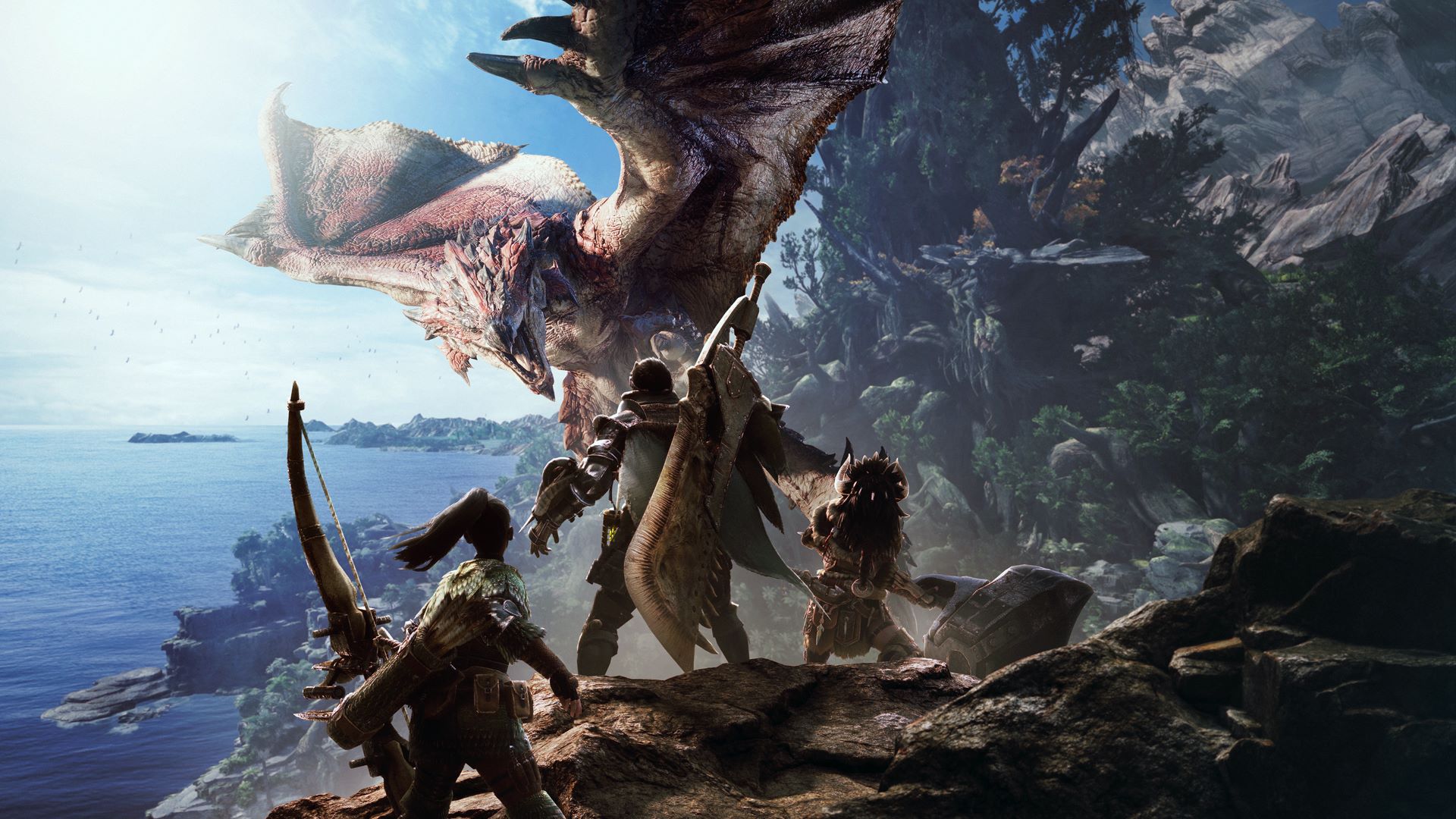I'm shamelessly piggybacking off
@fwd-bwd's posts, but now that I see how bad the English-language reporting on this has been, I want to make a post that summarizes the MoneyDJ saga.
In short:
Taiwanese financial news outlet MoneyDJ has been publishing articles which include claims, based on unspecified "supply chain" info, that a new Switch model will be launched in Q1 next year (i.e. before April).
Based on this supposed knowledge, they've stated an expectation of increased business for certain companies (Foxconn, Weltrend, and PixArt) who are assemblers or suppliers for the current Switch. The actual source of the supposed supply chain info hasn't been named, so it's possible that the connections to those businesses are just assumptions.
And more in-depth:
The
first such article was published on July 7 from reporter 鄭盈芷. This article is about the business outlook for Foxconn (鴻準) in the second half of this year, and it states that Nintendo plans to launch a new Switch model in Q1 2024, thus Foxconn (the factory assembler of the Switch today) can be expected to see increased business by the end of this year.
A couple hours later on July 7, two articles were published from a different author, 趙慶翔. The
first article is about Weltrend (偉詮電), a Taiwanese microchip supplier, and the
second article is about PixArt (原相), a Taiwanese image sensor supplier. It's been claimed in past reporting that Weltrend supplies power management ICs and USB controllers to Nintendo, and PixArt is a known supplier for Nintendo which probably provides the IR component for the Joy-cons and maybe also the Switch's ambient light sensor. Both articles are similar business outlooks for these companies, and both articles state that "supply chain" sources have indicated a new "Japanese game console" will be launched early next year.
Finally, on July 24,
another article about PixArt's business outlook by 趙慶翔 was published. It's pretty similar to the previous one, and makes the same claim about supply chain sources and a new Japanese game console launch, while noting that the console belongs to one of PixArt's key customers (i.e. Nintendo). This is the article that sparked the current wave of extremely poor English-language (mis)reporting.
The author of the first article published
a similar one about Foxconn on June 23, 2021 which claimed a new Switch model would be introduced in the second half of that year, again leading to increased business for Foxconn. That claim turned out to be true. However, it's worth noting that Bloomberg had been reporting on (or at least, attempting to report on) the OLED model since August 2020, including claims about a September or October 2021 release reported in May 2021. The 2021 MoneyDJ article didn't contextualize its statement about Nintendo's plans with a "supply chain info" comment similar to today's, so it's debatable whether that article should be taken as evidence of good sources for their reporting today.
PixArt and Weltrend aren't new to the Switch model rumor/leak game, either. Both were named in an August 2020
report by Taiwan's United Daily News about the supply chain for a new Switch model, which was published the same day as Bloomberg's
first report about the eventual OLED model. PixArt even made it in to a June 2016
article by DigiTimes about the NX. So I do think it's somewhat noteworthy that all three of these companies tend to be talked about, in similar outlets (often Taiwanese), not too far ahead of the reveal of new Switch models. That said, the details are not always accurate, as the UDN article seems to suggest an early 2021 launch, and the DigiTimes article has the baffling assertion that NX production was delayed so that Nintendo could add VR. It's possible for the MoneyDJ article to be right about the supply chain and wrong about the release timing. But it definitely comports with past trends for this kind of info to come from companies like PixArt and Weltrend, and to show up in the middle of the year when these H2 business outlook articles are being written.


